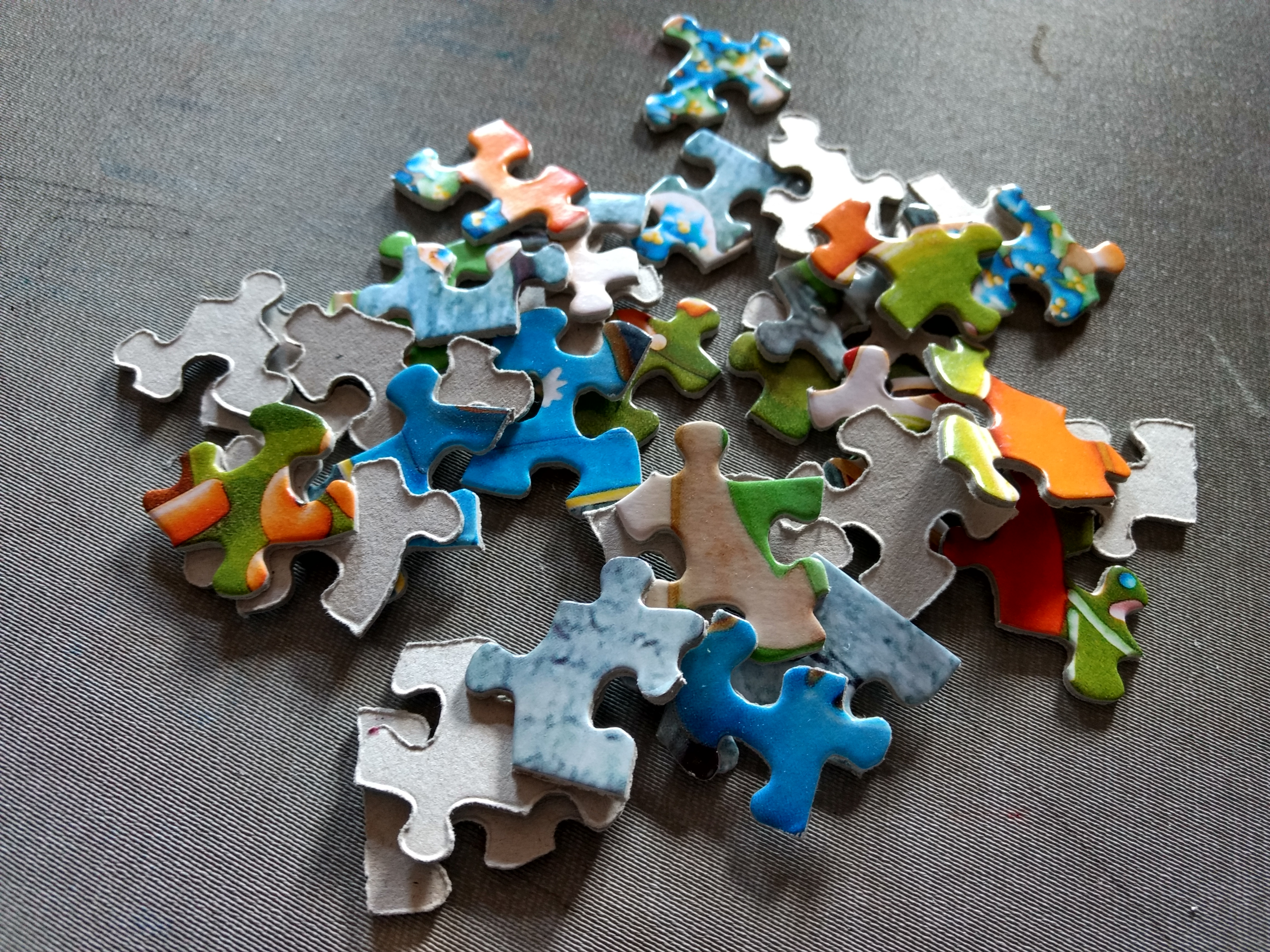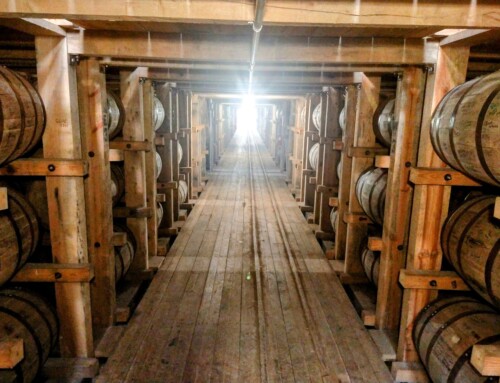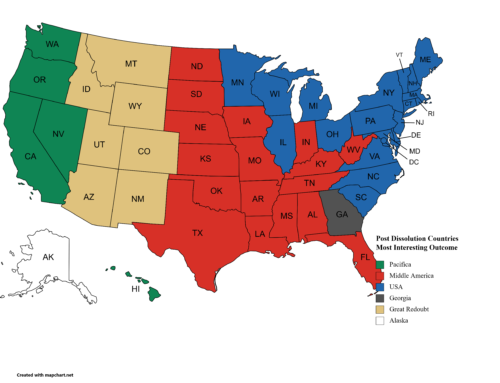George Packer, writing on the passing of Leslie Gelb in The Atlantic, quoted Gelb in saying “Foreign policy makes no sense.” Packer added: “He meant that our leaders, even ones he respected, often don’t know what they’re doing. They have to make decisions with large but unknowable consequences in ignorance, thinking wishfully, perhaps under the sway of some irrelevant ideology, or the American politics of the moment, or the onrush of events in distant places. Then they spend their careers justifying decisions that they never understood in the first place.”
We really don’t know what we’re doing. That is the way it is with humans. We do the best we can given what we know. Or what we think we know. And this happens not only in foreign policy. It happens in all aspects of life.
So what happens when what we think we know isn’t accurate, or what we think we know is incomplete? We necessarily made decisions. We have to. All the time. Not deciding is deciding to do nothing. So we decide based on what we know. And when time is short, we don’t regularly go look for information to help make those decisions beyond what we know, or think we know.
The key hallmark of science is replicable experiments. You start with the same variables at the same values and you get the same outcome time after time. And that is the outcome we see consistently across our foreign policy from administration to administration. Democrat or Republican. Regardless who is in power in Congress. Few, if any,of our interventions around the world are made for explicitly dumb reasons. But looking back many sure seem to be dumb in hindsight.
We build institutions to do good. We design processes to make good decisions quickly. But our institutions and processes and the decisions they lead to suffer from the follies of men. It’s not the institutions themselves that are broken. It is the people in them and their inability to consider outcomes other than the ones they most desire. So when well-intentioned good people put their trust in governments and institutions to make good decisions, they are very often disappointed.
From the seemingly endless wars we wage to the corruption of state licensing requirements for florists and manicurists, to international organizations which enable the very activities they are designed to prevent or protect against, we cannot be surprised that a few people with few scruples use those organizations to further their malign desires. In national security, short-term pressures to do something in a crisis always lead to decisions that in the long term are less than optimal.
Who today is willing to raise their hands to say that in 2001 he or she would have recommended to the President that we invade Afghanistan if they knew we would still be there 18 years later? Who would have recommended invading Iraq if they knew we’d be there 16 years later? Those decisions are made with imperfect information. Inferences about the situation are made with thin slices of knowledge and an often self-delusional pretending that human nature isn’t what it really is and that the shadow of the future really can be predicted and the situation controlled once decisions are made.
Inference is the basis of scientific methodology. It is the foundation for developing hypotheses which we spend valuable resources to test. But our inferences are based in our culture and knowledge and the time in which we live. We often do not consider whether what we know, and especially what we don’t know can influence our inferences. Donald Rumsfeld promised that Iraqi’s would welcome us into their streets as liberators with flowers for our weapons. What did he base that inference on? Certainly not an understanding of their own situation and culture.
Lets look at a couple of examples of how our own individual contexts shape the thin slices of our situational awareness and the inferences they inform.
Writing in Nautilus magazine, Lucas Rieppel writes in “How American Tycoons Created The Dinosaur” , that unlike studying particle physics, we can’t experiment on dinosaurs. “Dinosaurs are unlike electrons in a number of important ways. For one thing, dinosaurs cannot be experimented upon. Instead, scientists have to interpret the fossil record, which is spotty at best. The first dinosaur discoveries consisted of only a few bones and a handful of teeth. Before long, more complete skeletons began to be found, but the individual pieces were usually scattered about in a jumbled mess of material. Often, they had also been crushed and distorted by the immense pressures at work during and after the process of fossilization. For that reason, paleontologists had to work hard to assemble dinosaurs into something that resembled real, live animals. In doing so, they relied not only on the available evidence, but also on inference, judgment, and their imagination.”
How dinosaurs were displayed in museums had as much or more to do with the culture and imagination of the people who not only put the pieces together but those who funded them as well. And the pieces were tremendously incomplete, crushed, or mixed with other kinds of animals entirely. The displays we see today are nearly always representations and not complete skeletons. Most of the “bones” we see in museums are not real but are created to resemble what the curator thinks the animal would look like based on an inference from sometimes as little as a single bone.
Furthermore, Rieppel writes that “Of all the branches of natural history, dinosaur paleontology offered a particularly attractive target for philanthropic investment. Dinosaurs lent themselves to the building of spectacular displays that attracted throngs of visitors to the museum, which was crucial to cement the argument that industrial capitalism could produce genuine public goods in addition to profits. Imposing dinosaur displays helped philanthropists such as Carnegie make the claim that because industrial capitalism concentrated wealth in the hands of the few, it unlocked the power for truly awesome achievements…Paleontologists consistently portrayed these animals as vicious and solitary predators whose terrible reign had come to a sudden and ignominious end at the close of the Cretaceous period. But their mass extinction opened up the ecological space for a kinder and gentler world to emerge. According to this evolutionary narrative, the cutthroat competition of the deep past gave way to a more enlightened modernity, as intelligent mammals—including early hominids—put the struggle for existence behind them and began to cooperate for the greater good.”
Yet today, museums are racing to change their displays from large solitary hulks to ones which portray dinosaurs as flocking, birdlike, social animals with colors and feathers. And based on what? well, some recent discoveries in china seem to show smaller dinosaurs with what appear to be feather-like spines on them, and others with pigmentation in their skins. But can this race to reframe dinosaurs as large colorful flightless birds be based on our desire to, like the tycoons of the 1800s, make them more into our own image? After all, their reign on earth lasted over a hundred million years with relatively little to show in the fossil record. Is it not enough for us to say we don’t know and leave it at that until we do know better?
Why must we create narratives that fit our current culture or angst or exuberance onto whatever we’re studying at the moment?
In a poignant and deeply emotional essay in this month’s Esquire magazine, Tom Junod writes about The Falling Man, the man whose image was captured as he dove to earth from one of the Twin Towers on 9/11. Junod writes that the hundreds of images of the likely hundreds of people who leaped to their deaths rather than burn alive, the sounds of their hitting the ground, and the very acts themselves has been almost deliberately wiped from our collective memory. that even discussing this evidence has been pushed to the dark web chat rooms where people go to see horrible deaths. And yet there was a narrative built around The Falling Man himself because of that one picture. The picture in which he is poised, yes poised, like a dramatic diver, head down, left knee bent, arms at his side in black high tops. The picture in which he is going down on his terms.
Yet that isn’t what happened.
Why so few people considered to ask whether there were other pictures of him, whether there was a sequence, makes perfect sense. We want for this person, unknown to all but his own family and close circle, to conform to our notion of something noble on that horrible day. Even some of those who were assigned the task of tracking down the man couldn’t get their own cultural notions out of their heads and ended up asking grieving families if that man was their relative. And he wasn’t. All from that one picture.
Yet other pictures, by the same photographer, show the entire sequence. The sequence of flailing arms and legs. Of the tunic or jacket being torn off by the force of the wind. Of the orange t-shirt underneath. That one picture of elegance and seeming grace to go out on one’s own terms was an unlucky snapshot of a long and tumbling fall. The narrative of the man eclipsed the reality of the individual. And we do actual harm to his memory in that. Perhaps that is why it has become taboo to post pictures of the falling that day. To edit out the sounds of their hitting pavement from the documentary footage. To ask families if that was their loved one. Perhaps this is appropriate cultural censorship.
But this all goes back to the beginning. When Leslie Gelb said “foreign policy makes no sense,” he was right. We never understand enough to really get it right. But we can’t hope to and make timely decisions. We have to accept that we’re always going to get things wrong.
Perhaps we should change our efforts from trying to get the decisions right, to learning when to quit and manage the consequences of what we get wrong. Perhaps we should consider that whatever we’re planning to do needs offramps and opportunities to change course or just opportunities to quit. How would we do that?
Keep thinking.






Leave A Comment